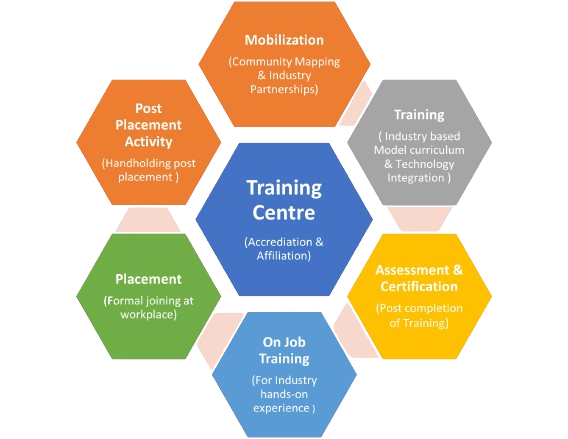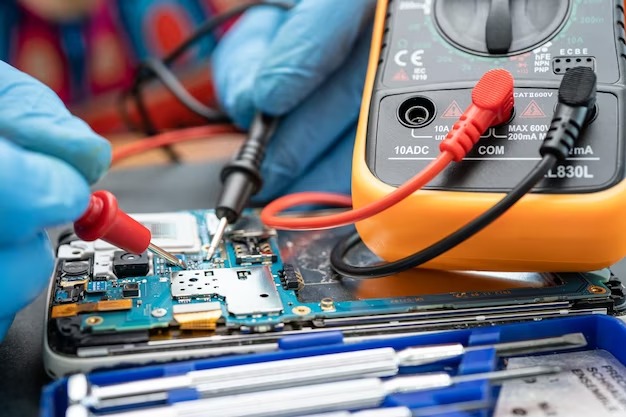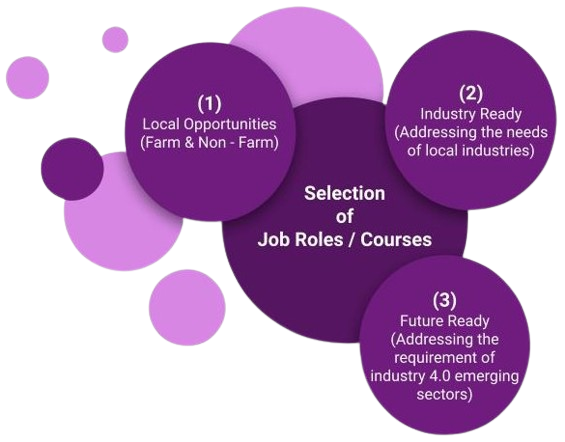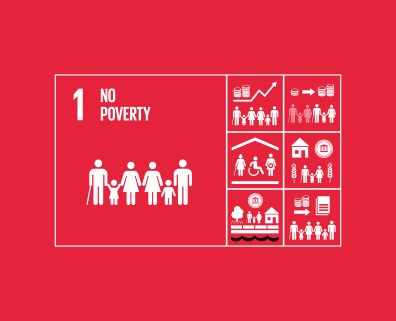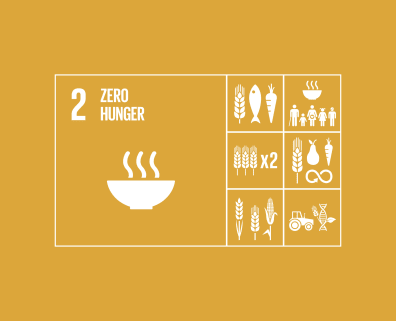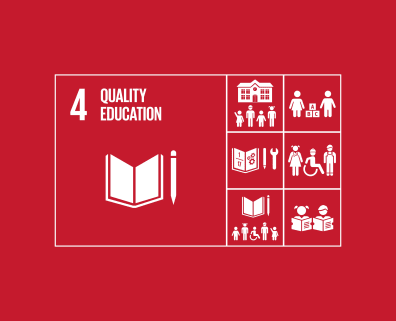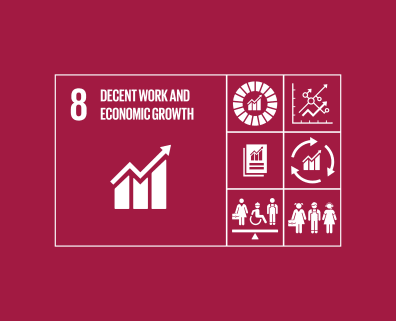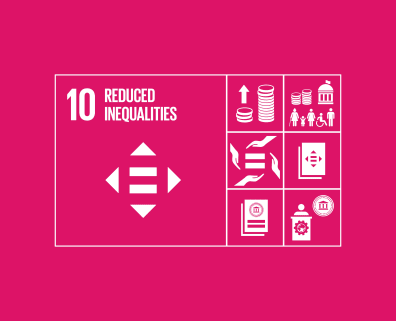Training life cycle process
Mobilization
- Identify and reach out to potential candidates through awareness campaigns, local community engagement, and partnerships with educational institutions.
- Conduct outreach programs, workshops, and promotional events to inform people about the available skill development opportunities.
- Establish a clear communication channel to address queries and provide information about the programs offered.
Training
- Develop and deliver well-structured training programs based on the identified needs and demands of the job market.
- Ensure the training is practical, hands-on, and aligned with industry standards.
- Provide a conducive learning environment with the necessary infrastructure and equipment.
Assessment & Certification
- Implement regular assessments to measure the progress of learners.
- Conduct both formative and summative assessments to evaluate theoretical knowledge and practical skills.
- Issue recognized certifications upon successful completion, which adds credibility to the acquired skills.
On-the-Job Training
- Facilitate opportunities for on-the-job training or internships in collaboration with industry partners.
- Provide real-world work experiences to enhance practical skills and familiarity with industry practices.
- Ensure a structured learning environment during on-the-job training with mentorship and feedback mechanisms.
Placement
- Establish strong connections with local industries, businesses, and employment agencies.
- Assist learners in creating professional resumes and preparing for job interviews.
- Organize job placement events, job fairs, or recruitment drives to connect learners with potential employers.
Post Placement Activities
- Provide ongoing support and mentorship to individuals after they secure employment.
- Monitor the performance of placed individuals and gather feedback from both employers and employees.
- Offer additional training or upskilling opportunities to help individuals adapt to changing job requirements.
